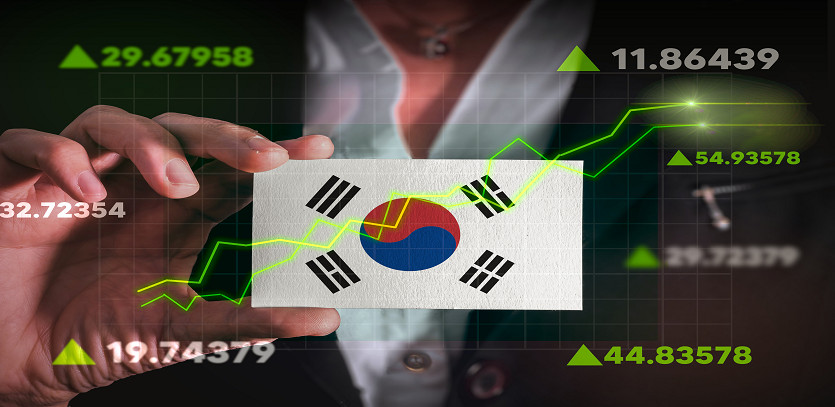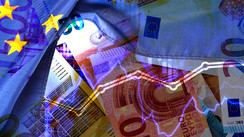A Historical Overview of The Korean Stock Market
The stock exchange in Korea, one of the most bustling in Asia, is known for its high degree of unpredictability primarily due to the economic and political uncertainties that the country experiences. It operates under the name KOSPI (Korean Composite Stock Price Index). KOSPI is a free-float market capitalization dimension that includes all companies registered on the Korea Exchange (KRX).
Korea's stock market has followed a fascinating trajectory of growth and development over time. This journey can be segmented into five main stages. It all started during the tumultuous pre-war period characterized by an informal, illiquid market. The post-war stage saw the market begin to take shape. The rapid economic bloom in the 1990s marked the third phase of the market's development. The peak of the market was then brought to a screeching halt by the 1997-1998 Asian financial crisis, leading to a crash. The current stage is defined by the market's gradual recovery, albeit amidst the sluggish growth and turbulence.
The Present State of the Korean Stock Market
Currently, the Korean stock market is navigating around the 3,000 points mark. Compared to its all-time high of over 2,000 points recorded in 1997, it's evident that a big gaping hole was left by the crash caused by the Asian financial crisis. The struggle is compounded by current difficulties such as the global economic stagnation and the US-China trade dispute.
What's on the Horizon for Korea's Stock Market?
The road ahead for Korea's stock market remains a mystery. Some financial savants foresee continued recovery and a potential soar to unmatched heights. On the flip side, others call for caution, anticipating continued volatility.
Key Stages in the Evolution of the Korean Stock Market
The path to its current state has seen the Korean stock market moving through five pivotal epochs:
The pre-war period (1923-1945): The stock market was birthed in 1923 but remained underdeveloped and inactive throughout this period.
The post-war period (1945-1960): A resurgence was observed after the Korean War, with the market springing to life.
The period of rapid economic growth (1960-1997): The wake of rapid national financial growth propelled the stock market's swift expansion.
The Asian financial crisis (1997-1998): The sudden crash of the market took place at this time, with recovery consuming the following years.
The present period (1998-now): We are presently in the recovery phase, facing various economic and political obstacles.
Top Players in the Korean Stock Market
The Korean stock market is home to global giants:
- Samsung Electronics, the largest phone maker globally.
- SK Hynix, the world's second-largest memory chip producer.
- Hyundai Motor, a globally recognized automaker.
- LG Chem, a leader in battery manufacturing
- Naver, Korea's top search engine.
Factors Influencing Korean Stock Market
The performance of the Korean stock market is tethered to several factors. The local economic health significantly determines the market's trajectory. The global economy, where Korea plays a substantial role as an exporter, can also sway the direction of the market. Interest rate fluctuations can cause ripples on the market as it affects borrowing costs, while political stability influences investor confidence. Likewise, the general "mood" of investors- the sentiment, can impact the market.
What the Experts Say about Korean Stock Market
While consensus advice from market experts is that the Korean stock market is a sound long-term investment, they also reiterate the need for investors to remain wary of inherent risks tied to the country's economic and political situations.
Final Thoughts
Investing in the Korean stock market requires careful thought and research due to its complexity and volatility.





